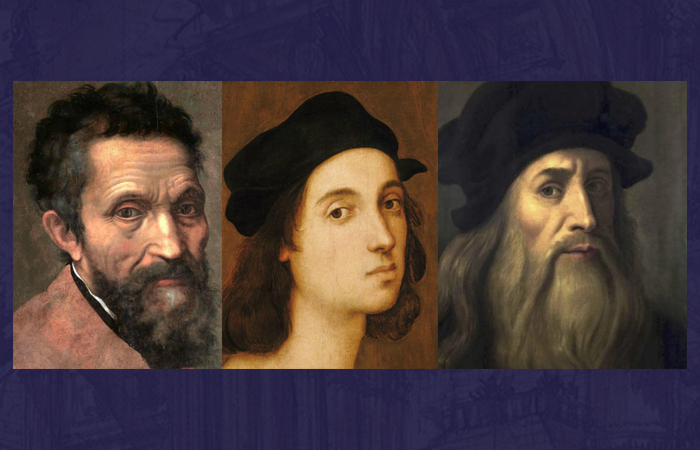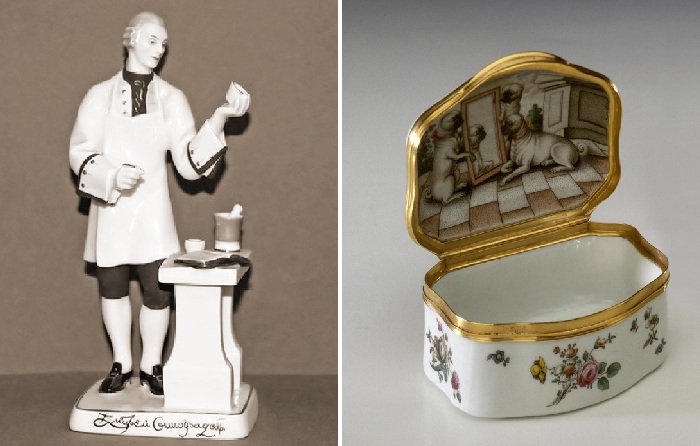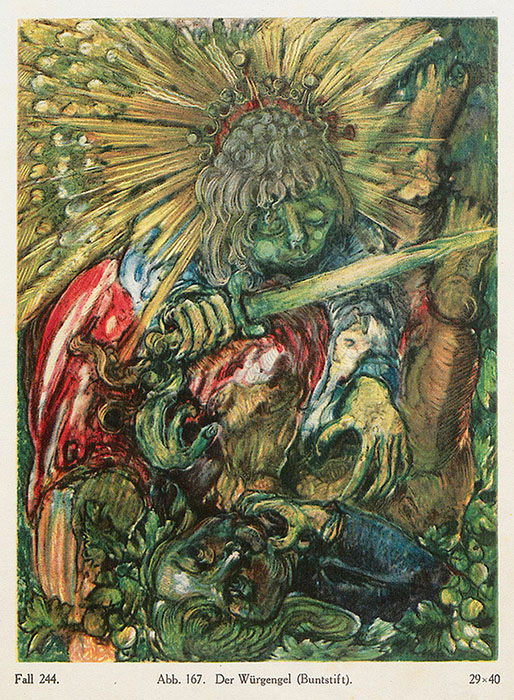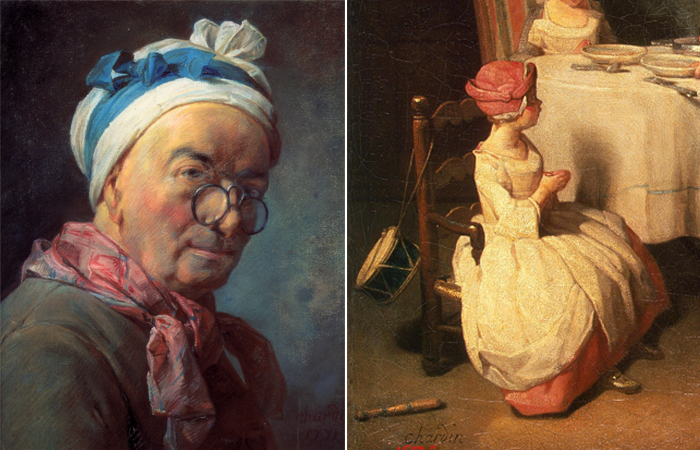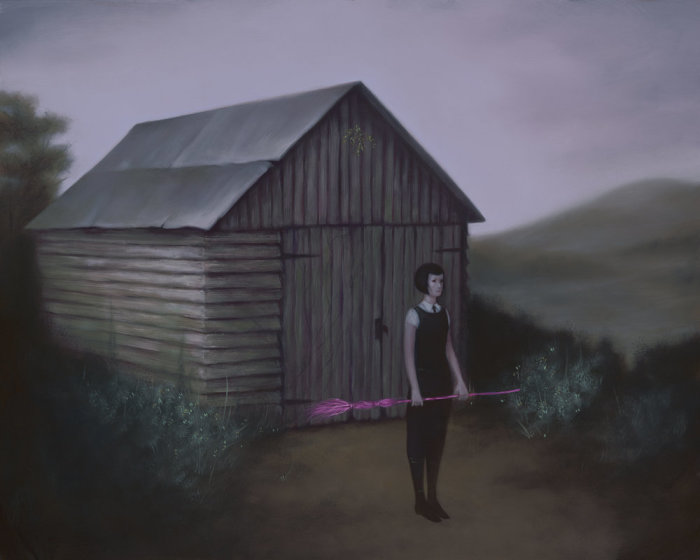vegetables
Paintings of an artist who has loved one woman and one city for 60 years
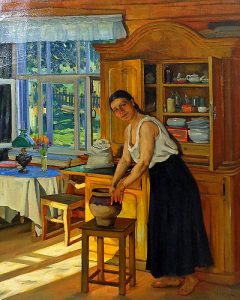 It is not often that fate favors artists with benefits at the same time in all areas of life. Few people manage to walk a life and career on a smooth road, without bumps and sharp turns. Konstantin Fedorovich Yuon is one of such minions of fate. He was lucky in his work, he was lucky in marriage … And what else does a creative person need? Today in the review is an amazing story of the artist’s tremulous love.
It is not often that fate favors artists with benefits at the same time in all areas of life. Few people manage to walk a life and career on a smooth road, without bumps and sharp turns. Konstantin Fedorovich Yuon is one of such minions of fate. He was lucky in his work, he was lucky in marriage … And what else does a creative person need? Today in the review is an amazing story of the artist’s tremulous love.
Konstantin Fedorovich Yuon (1875-1958) – Russian painter, landscape master, theater artist, art theorist, with the title of academician of the Academy of Arts of the USSR, national artist, Stalin Prize laureate. And if in a nutshell to characterize his artistic work, then Konstantin Yuon was an excellent master of urban landscapes and theatrical scenery. He painted portraits, portrayed Russian nature and monuments of ancient architecture, painted ancient provincial Russian cities and small villages. Well, of course, he devoted the lion’s share of his heritage to Moscow, where he was born, lived his whole life and loved immensely.
Yuon began his work with the golden shining domes of Russian churches, the place of which after the revolutionary events was taken by large-scale canvases depicting parades on Red Square. Continue reading
What butterflies meant in the paintings of world famous artists
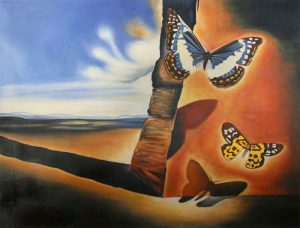 Butterfly and moth are one of the main symbols in art and a significant number of major artists include this image in their canvases. It is noteworthy that the butterfly in most allegorical phenomena is considered a symbol of the soul, immortality, rebirth and resurrection. Traditionally, people saw in this insect the ability to transform, transform as they were born, and transform from worldly caterpillars to a winged celestial being. In addition, the butterfly is a type of the Mother of God.
Butterfly and moth are one of the main symbols in art and a significant number of major artists include this image in their canvases. It is noteworthy that the butterfly in most allegorical phenomena is considered a symbol of the soul, immortality, rebirth and resurrection. Traditionally, people saw in this insect the ability to transform, transform as they were born, and transform from worldly caterpillars to a winged celestial being. In addition, the butterfly is a type of the Mother of God.
Winslow Homer
When an illustration or painting is intended to convey a fabulous or heavenly quality, artists usually include several butterflies in their work. This is what the American artist and graphic artist Winslow Homer did, actively using butterflies in his paintings, for example, on the canvas Girl with Butterflies, Fish and Butterflies, etc. Continue reading
The riddle and curse of the “Crying Boy”: Why Amadio was called the devil painter
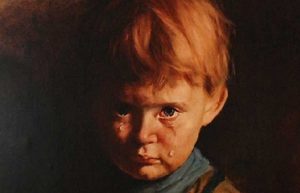 The Italian painter Bruno Amadio, who worked under the pseudonym Giovanni Bragolin, is considered to be the most dramatic and sinister artist in the history of art of the 20th century, who was called the devil painter. His name, in particular, is associated with a terrible story that terrifies many who have encountered his creation “The Crying Boy”, covered in a terrible legend, rumors and speculation.
The Italian painter Bruno Amadio, who worked under the pseudonym Giovanni Bragolin, is considered to be the most dramatic and sinister artist in the history of art of the 20th century, who was called the devil painter. His name, in particular, is associated with a terrible story that terrifies many who have encountered his creation “The Crying Boy”, covered in a terrible legend, rumors and speculation.
A few words about the artist
Bruno Amadio (Giovanni Bragolin) was born in 1911 and lived a fairly long life, leaving a number of art paintings that depict crying children. Despite the fact that the artist lived in the last century, very little information has been preserved about him. After his life, there were practically no personal photos left, he never gave interviews to journalists, art historians did not write their reviews about him. It is only known that in the war years he was a member of World War II, who fought on the side of Mussolini. At the end of the war he moved to Spain, and already there he changed his real name from Bruno Amadio to Giovanni Bragolin. Later he lived and worked in Venice, was a restoration artist. Continue reading
